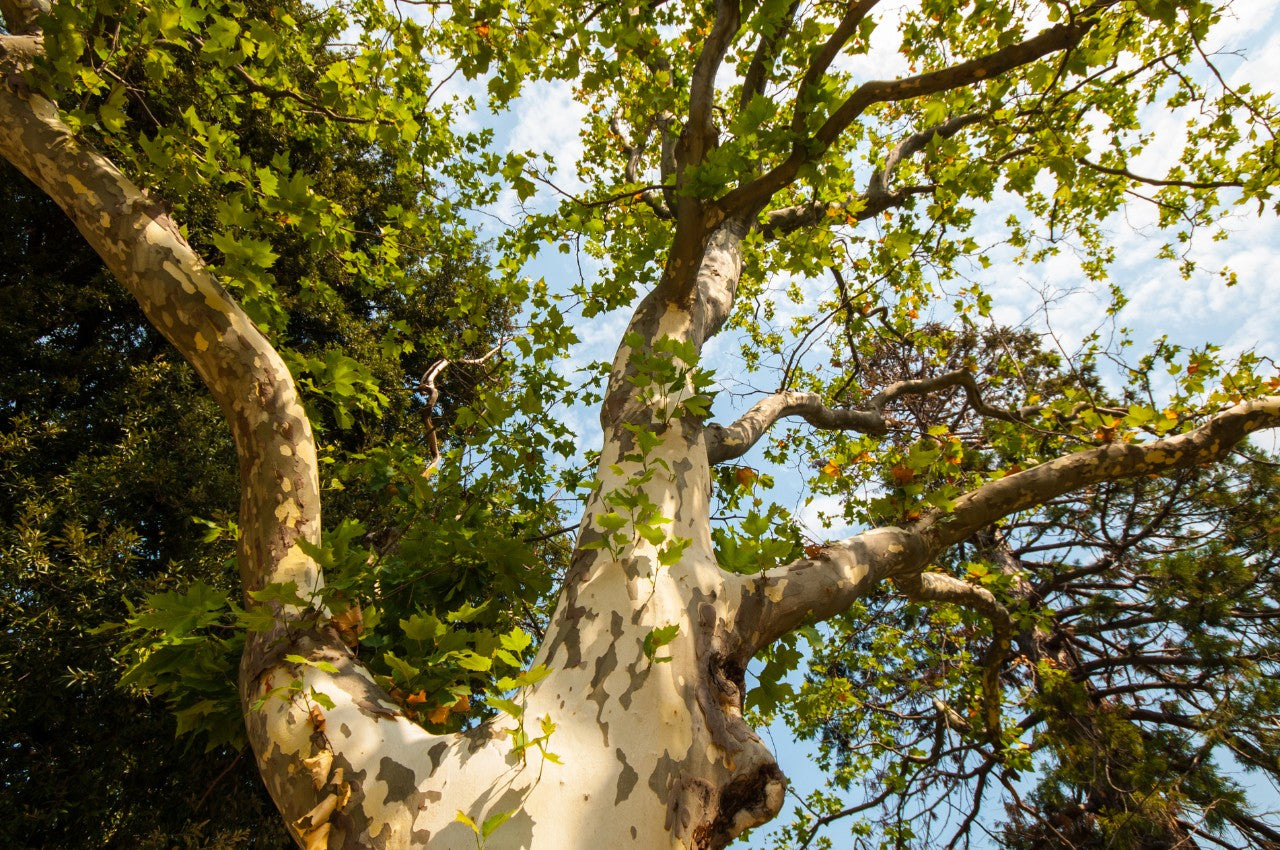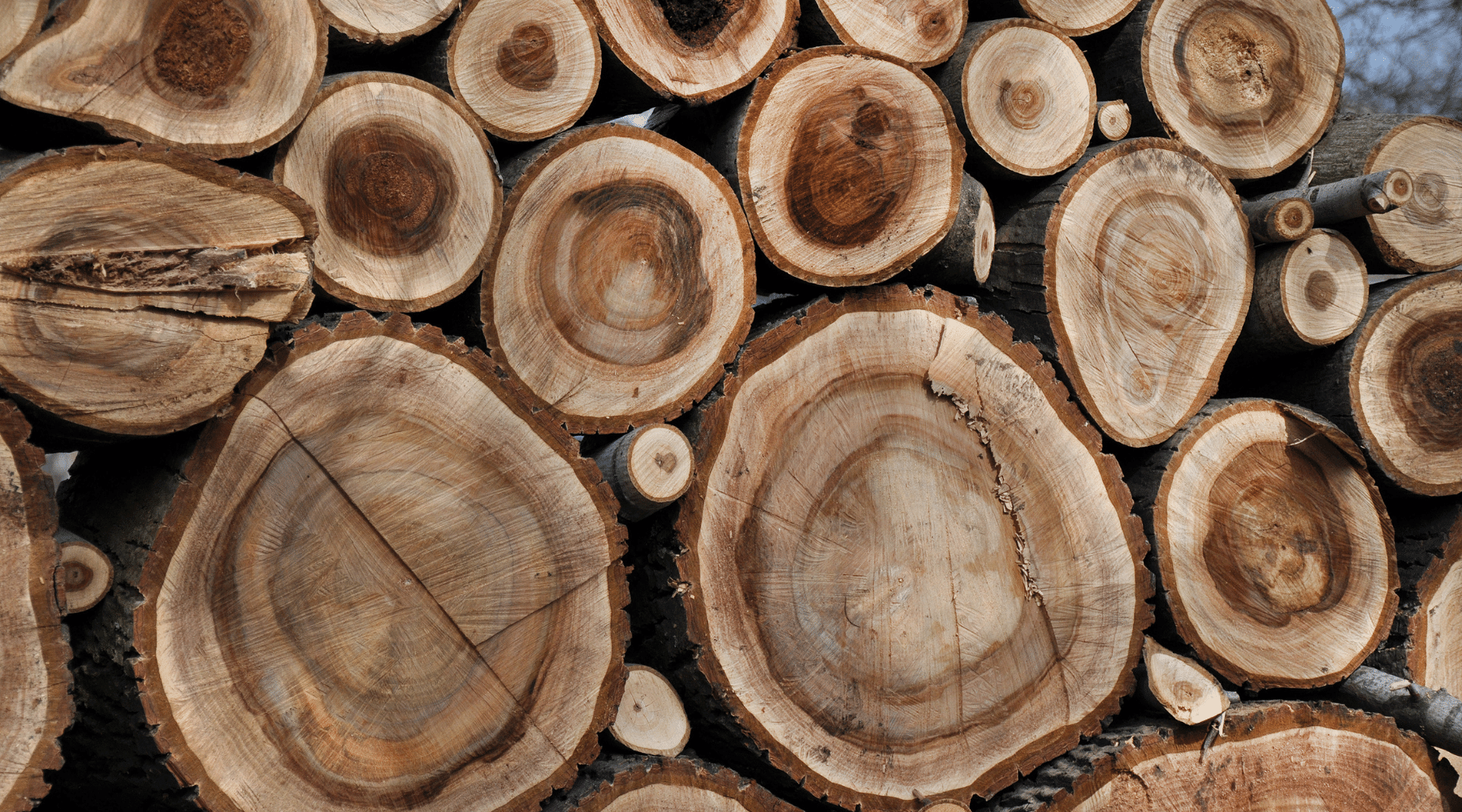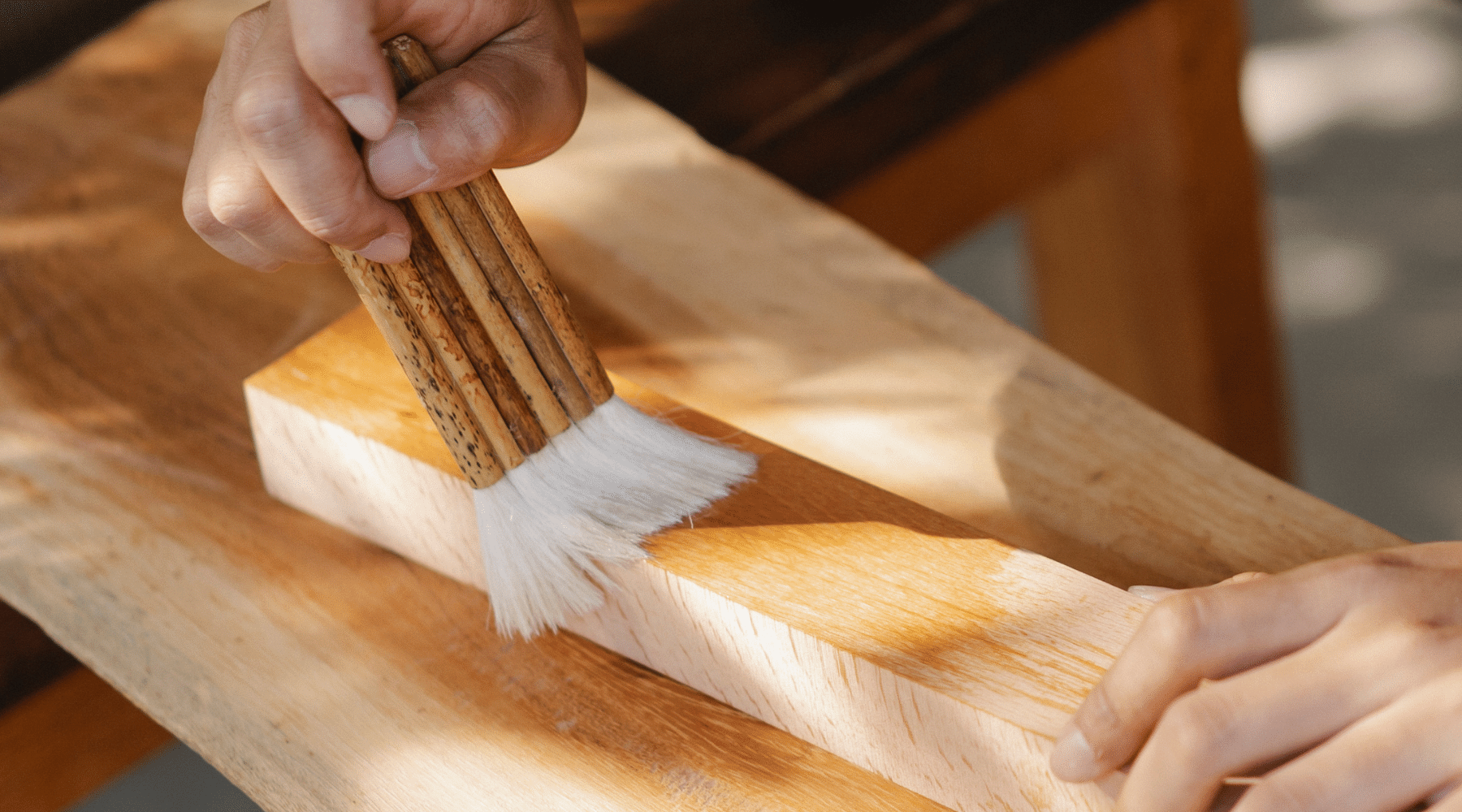Do you know that Sycamore Tree is not just one tree but a collective name for many trees across the world?
"Sycamore Tree" broadly describes various tree species with similar leaf shapes. This includes the European Sycamore, a type of maple found in central Europe and Southwest Asia, as well as the fig tree native to the Middle East and Eastern Africa. In North America, the name Sycamore is the common name for various tree species within the Platanus genus, mostly known for their large size and enduring lifespan.
In this post, we'll specifically focus on the American Sycamore or the Platanus occidentalis. It's a fairly common tree gracing the landscapes of Ohio and other eastern states. If you're curious about this particular species, this post is one place to start learning.
Where Do Sycamores Grow?
Sycamore trees are quite common in North America. But note that there are several species within the Platanus genus, each with its own specific characteristics and native range. Here are a few of the most common sycamore species:
- American Sycamore (Platanus occidentalis): This massive species is found throughout the eastern United States, from Texas to Nebraska, Iowa, and Wisconsin, extending into southern Ontario, Canada. It is also present in the mountains of northeastern Mexico.
- California Sycamore (Platanis racemosa): Found in coastal California and the Channel Islands, this species is known for its small stature, compared to the American sycamore, and more drought-tolerant nature.
- Arizona sycamore (Platanus wrightii): The sycamore tree is found naturally in Arizona and New Mexico, and can also be found in parts of Mexico including Sonora, Chihuahua, and Sinaloa.
- Oriental Sycamore (Platanus orientalis): This species, native to the eastern Mediterranean region, is the sycamore tree most commonly found in Europe and some parts of North America.
Sycamore Characteristics: Bark, Leaves, and Fruit
Let's shift our focus now to the American Sycamore. Standing tall in parks and woodlands, this tree is a familiar sight across much of the temperate world, often towering over its many neighbors. It can reach over 100 feet tall, with a trunk that can grow an impressive diameter of 3 to 8 feet.
Bark
One distinctive trait of the sycamore tree is its bark. Unlike the smooth bark of many tree species, sycamore bark sheds in large, patchy flakes, revealing a mottled green and white underlayer. This constant shedding gives the tree a somewhat unkempt appearance, but it also serves a purpose: it helps the sycamore stay cool and resist pests.
Leaves
The sycamore's leaves are another defining feature. Large and lobed, they resemble a five with five or seven fingers. These broad leaves provide ample shade on hot summer days, making them popular for parks and gardens. In autumn, they are vibrant, turning golden yellow before falling to the ground.
Fruit
The sycamore's fruit, sometimes called "sycamore balls," adds another layer of interest to the tree. These brown ball-shaped clusters hang from bare branches throughout winter. Although not particularly attractive, they provide a vital food source for birds and other animals during lean winter months.
Sycamore Lumber Traits
Sycamore lumber is known for being moderately hard, offering good sturdiness for furniture that sees regular use. Once properly dried and seasoned, it can hold its shape well.

Grain pattern on a crosscut section of a sycamore tree
Grain and Pattern
Sycamore wood, like maple, is mostly sapwood with some darker heartwood streaks. The sapwood is white to light beige, while the heartwood is a reddish brown.
Sycamore lumber can also have a dramatic pattern, depending on the cut. The light sapwood against the richer and darker heartwood creates a distinctive contrast, perfect for creating standout pieces like coffee tables and headboards.
When quarter-sawn, the wood displays a beautiful "fiddleback," resulting in mesmerizing, ribbon-like streaks that add depth and character to the wood. The intensity and character of the fiddleback figure can vary based on the cut of the wood and the tree it comes from.
Texture
Sycamore has a texture similar to maple, which is fine and even. But it also has an interlocked grain structure. This means the wood fibers twist and turn, creating a somewhat uneven texture. While not necessarily unpleasant, it's something to consider when using sycamore lumber for furniture.
American Sycamore: Hardwood or Softwood?
The American Sycamore (Platanus occidentalis) is classified as a hardwood. But while it's classified as a hardwood, it's important to note that it falls on the moderately hard end of the spectrum within the hardwood category. Other hardwoods like Black Walnut and White Oak are significantly denser and harder than sycamore.
For reference, here's a key distinction between hardwoods and softwoods:
Hardwoods are broadleaf deciduous trees that shed their leaves annually. They tend to grow slower and produce denser, heavier wood. Examples include oak, maple, cherry, walnut, and of course, sycamore.
Meanwhile, softwoods are coniferous evergreen trees, meaning they have needles and keep their leaves year-round. They tend to grow faster and produce softer, lighter wood. Examples include pine, cedar, spruce, and fir.
Furniture from Sycamore Lumber
Sycamore is strong and stable enough to handle both hand and machine tools, making it a suitable material for furniture. The interlocked grain can present challenges for surfacing and machining, but it can be shaped and finished to a smooth surface by experienced craftsmen.
Note that sycamore wood can be prone to warping if not dried properly. This requires careful handling during the lumber preparation process. Choosing a reputable furniture maker who understands how to work with this wood effectively is important.
Sycamore Furniture at T.Y. Fine Furniture
We choose quarter sawn sycamore for our drawer boxes because of its stunning grain, color, and stability. While it may be pricier and harder to come by than poplar and maple alternatives, we believe quarter-sawn sycamore is worth the effort to acquire.
Unique Beauty
Quarter sawing is a method that enhances the figure of wood, resulting in distinctive flaked patterns that run perpendicular to the grain. This creates a visually striking effect not typically seen in plain sawn wood.
Superior Stability
Stability is crucial for drawer boxes. Sycamore's natural tendency to warp and move is significantly reduced through quarter sawing. This minimizes the risk of drawers sticking or becoming misaligned over time.
Stands Out
Poplar and maple are great choices, but they're widely used. By opting for quarter-sawn sycamore, we're giving your pieces a unique touch, showing our commitment to quality and that sets our work apart.

Frequently Asked Questions About Sycamore Trees
Here are some of the most common questions people have about sycamore trees:
How Long Do Sycamore Trees Live?
American Sycamores are long-lived trees, boasting a remarkable lifespan that can stretch for centuries. They can potentially live up to at least 200 years. Some suggest that under ideal conditions, they might live up to 500 to 600 years.
Are There Sycamore Trees in Ohio?
Yes! In fact, Ohio is a prime habitat for sycamore trees.
The American Sycamore specifically is native throughout the eastern half of the United States, which includes Ohio. This species prefers moist, well-drained soil and full sun, which can be found in many parts of the state, especially along rivers and flood plains.
What’s the Color of the American Sycamore in Fall?
The main color change in American Sycamore leaves during fall is a shift toward golden yellow. But while yellow is the dominant color, there can be subtle variations of orange or brown.
Are Sycamore Trees Poisonous?
The leaves and fruit of American sycamore trees (Platanus occidentalis, not to be confused with sycamore maple) are generally not considered toxic, at least to horses. But the pollen might trigger allergies in some people, especially during periods of high pollen count.
Is Sycamore Wood Good for Carving?
Sycamore wood can be a decent choice for carving. As it is moderately soft, it's easier to carve, especially for beginners as it requires less force compared to very dense woods.
However, it can be brittle and prone to chipping or cracking, particularly when handling thin sections or delicate details. Plus, it is susceptible to warping and may distort the final shape of the piece if not adequately dried or seasoned.
Is the Sycamore Tree Endangered?
Depending on specific species, they can be quite abundant. For instance, the American Sycamore is considered a common tree across its native range in eastern North America.
But some threats do exist. They can be susceptible to certain diseases and pests, particularly in urban environments.
Is Sycamore Wood a Good Choice for a Butcher’s Block?
While sycamore can be used for a butcher block, there are better options out there.
Sycamore isn't best known for exceptional moisture resistance, which is an important quality for a surface that will come into constant contact with raw meat. Consistent exposure to moisture can lead to warping and cracking, potentially harboring bacteria.
If used as a butcher block, it requires frequent and intensive oiling to maintain its moisture resistance.
Related Posts
- Top Common Threats to Wood Furniture
- Domestic vs. Exotic Wood: Understanding the Differences
- What Color Goes with Walnut Wood?
This post was originally published on May 24, 2022, and has since been updated.



Leave a comment
This site is protected by hCaptcha and the hCaptcha Privacy Policy and Terms of Service apply.